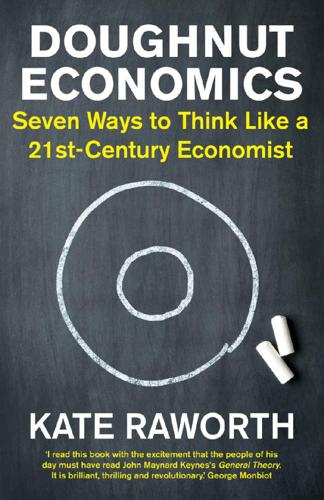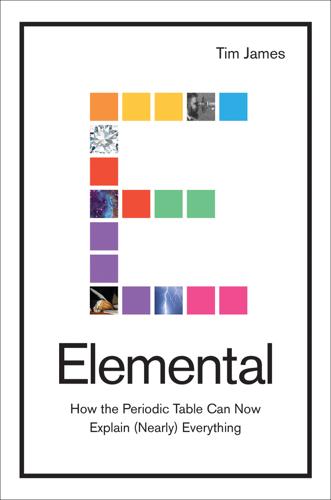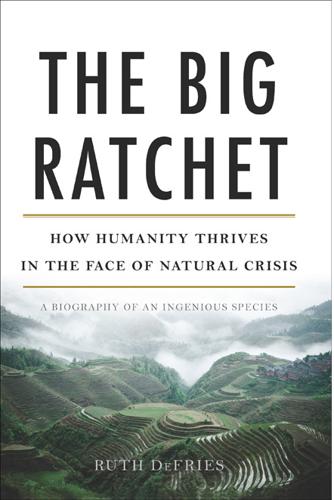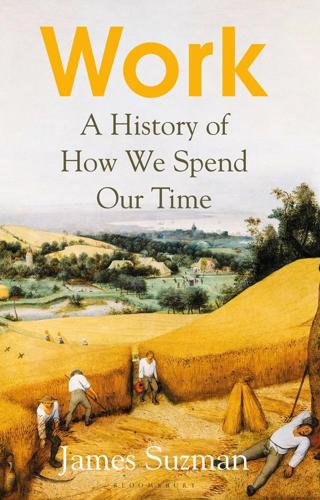
Doughnut Economics: Seven Ways to Think Like a 21st-Century Economist
by
Kate Raworth
Published 22 Mar 2017
Friedman, M. (1962) Capitalism and Freedom. Chicago: University of Chicago Press. 12. Hardin, G. (1968) ‘The tragedy of the commons’, Science 162: 3859. 13. Interview with Margaret Thatcher by Douglas Keay, Woman’s Own, 23 September 1987, http://www.margaretthatcher.org/document/106689 14. Simon, J. and Kahn, H. (1984) The Resourceful Earth: a response to Global 2000. Oxford: Basil Blackwell. 15. Friedman, M. (1978) ‘The Role of Government in a Free Society’. Lecture given at Stanford University, available at https://www.youtube.com/watch?v=jMzfP3Y4z3Y 16. Diagram inspired by Daly, H. (1996) Beyond Growth. Boston: Beacon Press, p. 46; Bauwens, M. (2014) ‘Commons Transition Plan’, available at http://p2pfoundation.net/Commons_Transition_Plan, and Goodwin, N. et al. (2009) Microeconomics in Context.
…
Secretariat of the Convention on Biological Diversity (2012) Cities and Biodiversity Outlook, Montreal. Seery, E. and Caistor Arendar, A. (2014) Even It Up: time to end extreme inequality. Oxford: Oxfam International. Sen, A. (1999) Development as Freedom. New York: Alfred A. Knopf. Simon, J. and Kahn, H. (1984) The Resourceful Earth: A Response to Global 2000. Oxford: Basil Blackwell. Smith, A. (1759) The Theory of Moral Sentiments, http://www.econlib.org/library/Smith/smMS.html Smith, A. (1776) An Inquiry into the Nature and Causes of the Wealth of Nations. 1994 edn, New York: Modern Library. Smith, S. and Rothbaum, J. (2013) Cooperatives in a Global Economy: Key Economic Issues, Recent Trends, and Potential for Development.

Elemental: How the Periodic Table Can Now Explain Everything
by
Tim James
Published 26 Mar 2019
Hydrogen isn’t just the element which may save the world, it’s the element which may help us leave the world altogether. And sooner or later, we’re going to have to. At the moment we’re living in a golden age of pulling elements out of the ground with abandon, but it can’t last. Assuming our planet doesn’t get obliterated by an asteroid (we’re overdue), we will eventually consume all the resources Earth has kindly given us. If our species wants to survive, we’re going to have to do it somewhere else, which means we need to get out there and exploring. For that, we’re going to need hydrogen, our ticket to ride the universal express. A FINAL THOUGHT Each element on the periodic table has a story to tell but what that story is depends on us.

The Big Ratchet: How Humanity Thrives in the Face of Natural Crisis
by
Ruth Defries
Published 8 Sep 2014
American Journal of Potato Research 70:363–373. Butzer, K., and G. Endfield. 2012. Critical perspectives on historical collapse. Proceedings of the National Academy of Sciences 109:3628–3631. Chenoweth, J., and E. Feitelson. 2005. Malthusians and Cornucopians put to the test: Global 2000 and The Resourceful Earth revisited. Futures 37:51–72. Cohen, J. 1995. How Many People Can the Earth Support? W. W. Norton, New York. Cohen, M. 2000. History, diet, and hunter-gatherers. In F. K. Kenneth and K. C. Ornelas, eds., The Cambridge World History of Food. Cambridge University Press, Cambridge Histories Online, accessed March 9, 2012.

Work: A History of How We Spend Our Time
by
James Suzman
Published 2 Sep 2020
Shell, ‘The Impact of Automation on Inequality’, Economic Synopses, no. 29, 2018, https://doi.org/10.20955/es.2018.29. 7World Inequality Lab, World Inequality Report 2018, 2018, https://wir2018.wid.world/files/download/wir2018-full-report-english.pdf. 8Ibid., p. 15. 9D. Meadows, R. Randers, D. Meadows and W. Behrens III, The Limits to Growth, Universe Books, New York, 1972, p. 193, http://donellameadows.org/wp-content/userfiles/Limits-to-Growth-digital-scan-version.pdf. 10New York Times, 2 April 1972, Section BR, p. 1. 11J. L. Simon and H. Kahn, The Resourceful Earth: A Response to Global 2000, Basil Blackwell, New York, 1984, p. 38. 12D. Meadows, R. Randers and D. Meadows, The Limits to Growth: The 30-Year Update, Earthscan, London, 2005. Darwin also believed that the competition for energy lay at the heart of what he called ‘the struggle for existence’.

The State and the Stork: The Population Debate and Policy Making in US History
by
Derek S. Hoff
Published 30 May 2012
Simon, The Ultimate Resource (Princeton: Princeton University Press, 1981). 52. The letter from Hayek to Simon, March 22, 1981, is reprinted in Simon, A Life Against the Grain, 268. 53. For Reagan and population, see Robertson, Malthusian Moment, chap. 9. 54. Julian L. Simon and Herman Kahn, eds., The Resourceful Earth: A Response to Global 2000 (New York: Basil Blackwell, 1984). 55. George Gilder, Wealth and Poverty (New York: Basic Books, 1981), 268. 56. Central Intelligence Agency, Directorate of Intelligence, Office of Political Research, “Potential Implications of Trends in World Population, Food Production, and Climate,” August 1974, chap. 4.

Growth: From Microorganisms to Megacities
by
Vaclav Smil
Published 23 Sep 2019
Global Ecology and Biogeography 22:83–92. Silver, C. 1976. Guide to the Horses of the World. Oxford: Elsevier Phaidon. Simon, H. A. 1955. On a class of skew distribution functions. Biometrika. 42:425–440. Simon, J. 1981. The Ultimate Resource. Princeton, NJ: Princeton University Press. Simon, J., and H. Kahn, eds. 1984. The Resourceful Earth. Oxford: Basil Blackwell. Simonsen, L., et al. 2013. Global mortality estimates for the 2009 influenza pandemic from the GLaMOR project: A modeling study. PLoS Medicine 10:e1001558. Sims, L. D., et al. 2002. Avian influenza in Hong Kong 1997–2002. Avian Diseases 47:832–838. Singularity.com. 2017.